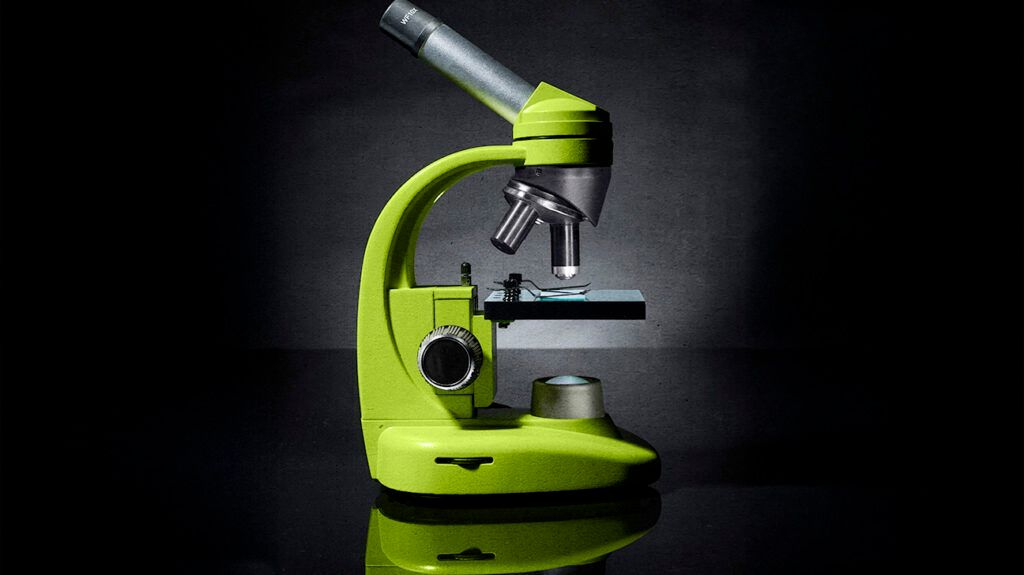Doctors may refer to cholesterol crystals in the urine as cholesterol crystalluria. They often result from nephrotic syndrome. Cholesterol urine crystals are only visible under a microscope.
Cholesterol is a fat-like substance that the liver produces. It is also present in some foods. Cholesterol has several important functions in the body, but it can cause problems at high levels.
This article explores what cholesterol crystals in the urine may indicate, how doctors diagnose them, and treatment. It also discusses other types of urine crystals.

Cholesterol crystals in the urine
Other signs of nephrotic syndrome include swelling in various parts of the body and low albumin levels.
- focal segmental glomerulosclerosis
- minimal change disease, which involves microscopic damage to the glomeruli, or tiny blood vessels that filter blood in the kidneys
- membranous nephropathy, which involves a buildup of protein in the part of the membrane that covers the outside wall of the glomeruli
Secondary causes may include:
- diabetes
- lupus
- infections, such as hepatitis B, hepatitis C, and HIV
- amyloidosis
- genetic conditions that affect the kidneys
- certain medications, such as nonsteroidal anti-inflammatory drugs
- some allergic reactions
Learn about the link between nephrotic syndrome and hepatitis C.
An older 2016 article and a
- foamy urine
- swelling in the lower abdomen, legs, feet, ankles, and other body parts
- puffy eyelids
- fatigue
- weight gain as a result of fluid retention
- loss of appetite
Learn more about nephrotic syndrome.
Doctors will require a urine sample to investigate cholesterol crystals.
During urinalysis, a healthcare professional in a laboratory setting will examine the urine sample
In addition to urinalysis,
- blood tests
- kidney imaging tests, such as ultrasound
- kidney biopsy
Learn about the differences between glomerulonephritis and nephrotic syndrome.
Treatment for cholesterol crystals in the urine resulting from nephrotic syndrome
According to an older 2016 article, a doctor may also recommend the following medications to treat the symptoms of nephrotic syndrome:
Learn about the causes of high cholesterol.
Common substances that
In rarer cases, the following substances can also cause urine crystals:
- struvite, which consists of magnesium ammonium phosphate
- xanthine, which is a type of purine
- cystine, doctors may refer to this as cystinuria
- dihydroxyadenine, which may result from adenine phosphoribosyltransferase (APRT) deficiency, a rare genetic disorder
- tyrosine
- leucine, a type of amino acid
- bilirubin
- certain drugs, such as sulfamethoxazole, sulfadiazine, and acyclovir
Learn more about urine crystals.
People should contact a doctor if they notice any symptoms of nephrotic syndrome, such as foamy urine and swelling body parts.
A person should also speak with a healthcare professional if they notice any changes in their urinary habits, such as:
- pain while urinating
- urinating more frequently than usual
- difficulty urinating
- changes in urine color
- foul-smelling urine
A doctor can assess a person’s symptoms and overall health. They can then run diagnostic tests and recommend appropriate treatment.
Learn more about the pH range of urine.
Cholesterol urine crystals often indicate high cholesterol levels in nephrotic syndrome.
Symptoms of nephrotic syndrome include foamy urine, swelling body parts, weight gain, and fatigue.
Doctors diagnose cholesterol crystals in the urine through a process called urinalysis. They may also recommend other diagnostic tests, such as blood tests and imaging scans, for nephrotic syndrome.
Treatment for cholesterol crystals in the urine may involve statins to help lower cholesterol levels. Treatment for nephrotic syndrome will vary depending on the underlying cause.
